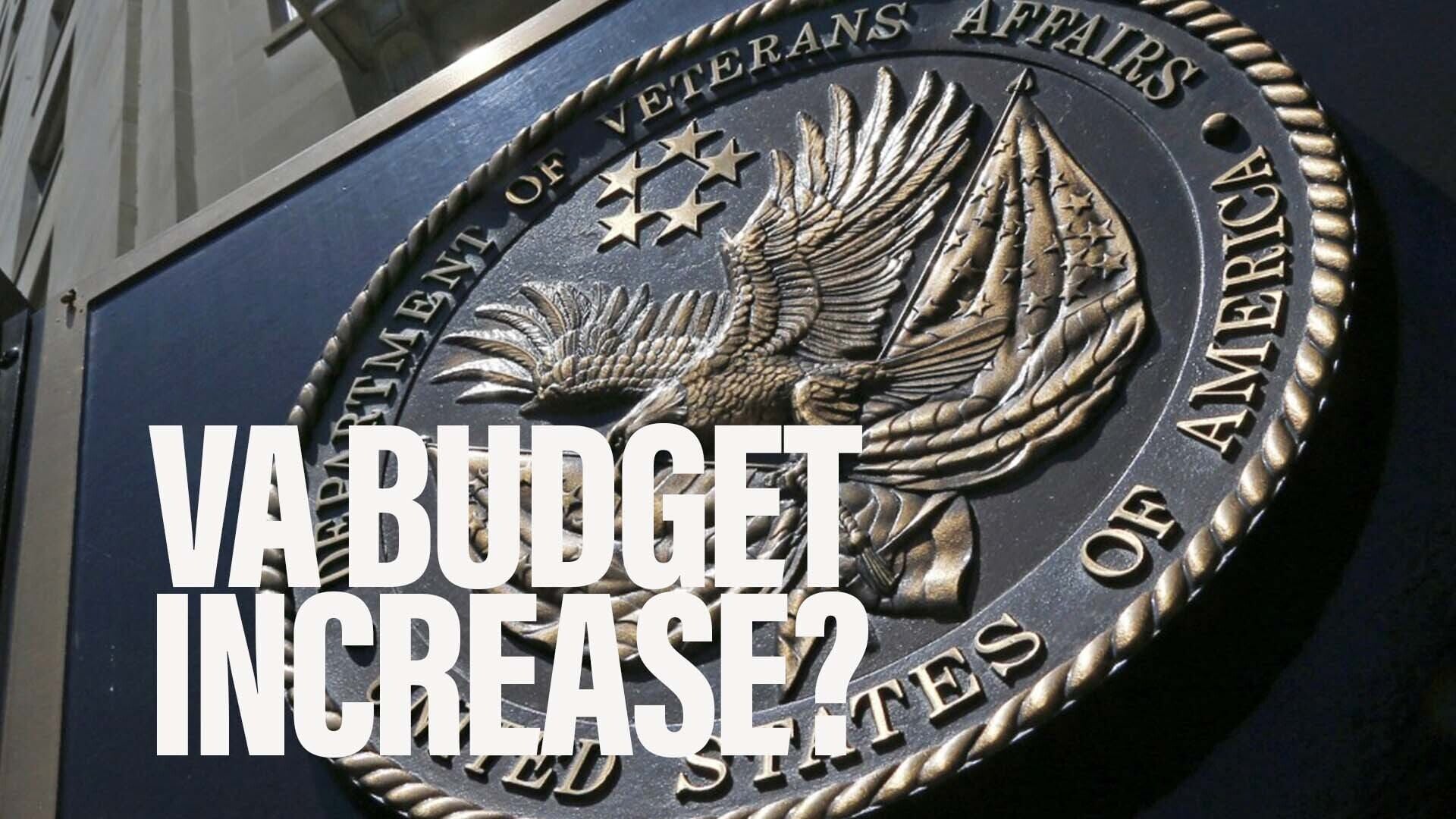NASHVILLE, Tenn. — Nearly mirroring its approach to examine the art of the possible for a Future Vertical Lift aircraft, the U.S. Army plans to conduct a science and technology-level demonstration of a next-generation tactical unmanned aircraft system that would replace the Shadow and the Gray Eagle.
The Army plans to apply the same method of development used to build toward the FVL program to ultimately procure its Future Tactical UAS, or FTUAS, said Layne Merritt, the Aviation Development Directorate's chief engineer at the Army's Aviation and Missile Research, Development and Engineering Center at Redstone Arsenal, Alabama, in an exclusive interview with Defense News at the Army Aviation Association of America's annual summit.
That method involves the Army's Joint Multi-Role Technology Demonstrator, or JMR TD, program, which was designed to test various helicopter technologies by building and flying two demonstrator aircraft ahead of the service's FVL program of record that will kick off in 2019. The goal is take what is learned in the demonstration process to build a solid set of requirements for a future helicopter. The first variant of FVL is expected to come online in the early 2030s.
To get to that point, the Army doled out study contracts to various companies. Then the service reviewed various designs of possible helicopter configurations and chose a Boeing-Sikorsky team and Bell Helicopter to build two demonstrator aircraft.
Merritt knows the JMR TD strategy well, having played a major role in developing it.
"There's a recognition our current UAS — Shadow and Gray Eagle — probably aren't what we need in the future," Merritt said, especially when going up against near-peer threats.
The Army has established a three-way team between the requirements, materiel and S&T development worlds to proceed with the Next-Generation Tactical UAS Technology Demonstration, or NGTUAS-TD, program. The service has roughly $2 million budgeted to begin the effort in fiscal year 2017 to conduct studies. Despite a continuing resolution, the effort can still move forward, he added. The Vertical Lift Consortium will play a major role in the study process.
Within those studies, "we are trying to understand and reduce the technical, the capability development, requirements development and acquisition program risks," Merritt said, "so we understand the trade space better and the impacts and we want to identify the full breadth of what we might invest in."
The results of those studies will guide the Army’s focus on the next phase in 2018 where the plan is to conduct a configuration trades assessment "where we have developed a model performance specification — which is a general performance specification for an air vehicle — that describes, at that point, what we know we want it to do," Merritt said.
The service will then analyze conceptual designs and make decisions in 2019 about what it would actually like built and flown. The hope is to have enough funding to select several, he said. Selected companies would have 18 to 24 months to build a demonstrator before a flight program begins. The flight demonstrations will inform the requirements process for the Army’s official program of record for an FTUAS. The idea is to begin fielding the FTUAS at roughly the same time as the first variant of FVL begins to fly.
The Army knows that whatever it ultimately procures, it will be "quite different" from a Shadow and Gray Eagle both in what it does and in design, according to Merritt.
Shadows and Gray Eagles today perform tactical reconnaissance missions. "They have a flight profile that I would say in the future might be quite unsurvivable," Merritt said. "So we have to generate or develop and then validate some operational concepts that will help us scope what kind of vehicle, what configuration, what kind of performance characteristics it has and we will get those out of the studies."
The Army definitely knows it does not want its UAS dependent on runways going forward like Shadow and Gray Eagle are today. There’s little doubt the Army will have to operate in places where it can’t rely on protected runways, or runways at all. The service also wants flexible payloads and a more survivable platform in terms of durability and reliability than what exists today in the current systems, according to Merritt.
The effort will also look at future concepts like advanced manned-unmanned teaming, which could dictate performance attributes similar to the Army’s manned fleet, he said, adding "that is a might."
Merritt noted there are parallel programs exploring advanced teaming operations that will be "quite a bit of change in the way we fight in Army aviation."
By forming a team to work toward a future UAS so early in the game, the Army will be able to zero in on good requirements and make sure they tie into technology that is ready and affordable, according to Merritt.
During a media briefing with reporters at the AAAA summit, Lt. Gen. William Gayler, the commanding general at the U.S. Army Aviation Center of Excellence at Fort Rucker, Alabama noted any future system also has to be achievable and affordable, "otherwise it will never happen."
Jen Judson is an award-winning journalist covering land warfare for Defense News. She has also worked for Politico and Inside Defense. She holds a Master of Science degree in journalism from Boston University and a Bachelor of Arts degree from Kenyon College.








